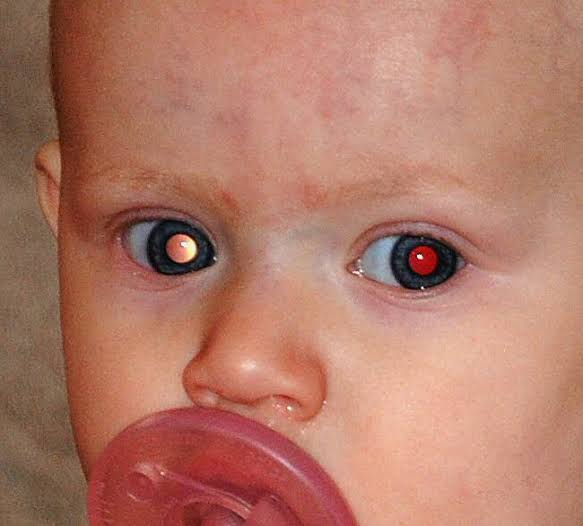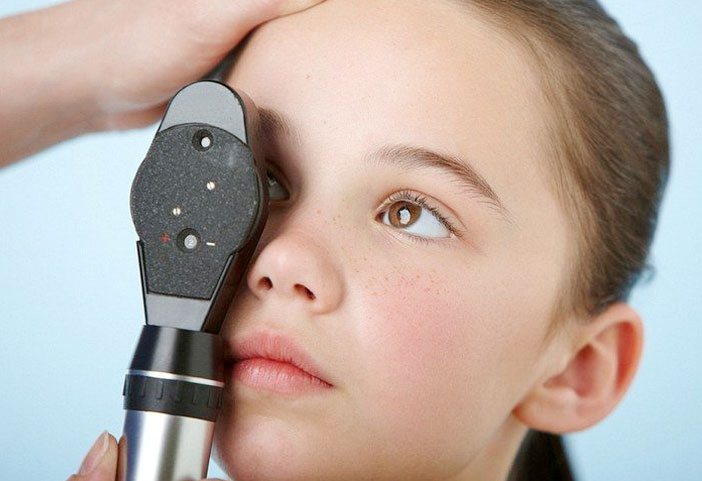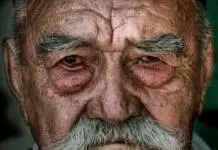Retinoblastoma is a type of cancer of the retina that affects the eye. It may occur at any age. Although adults and older kids can get retinoblastoma. It most often occurs in young children, diagnosed before the age of five years. An estimated 300 children are diagnosed in the United States with the disease each year. It may be in one eye or both eyes, but if left untreated, is capable of spreading to other parts of the body like the spine, liver, or brain. There are two types of retinoblastoma. One type is inherited and the other is non-inherited retinoblastoma. Non-inherited retinoblastoma is more common as compared to inherited form.
The back of the eye contains light-sensitive tissue known as the retina, which can be affected by the uncommon cancer known as retinoblastoma. Although it can sometimes strike adults and older children, it mostly strikes younger children typically those under the age of five.
Root indications
Most cases of retinoblastoma are caused by abnormalities in the genes that make the retina’s cells grow uncontrollably. Mutations that affect germ cells (egg or sperm cells) are inherited by offspring in approximately 40% of instances. A genetic kind of retinoblastoma is what this is called. The remaining occurrences of non-hereditary retinoblastoma are caused by mutations that happen spontaneously during early foetal development. A white or foggy appearance in the pupil, called leukocoria or “cat’s eye reflex,” when light is shone into the eye, is the most prevalent indication of retinoblastoma.
Medical evaluation
In order to diagnose retinoblastoma, an ophthalmologist will usually do a thorough evaluation of the eyes. This examination may include:
Bringing the eye’s pupil up for inspection.
Ultrasound, magnetic resonance imaging (MRI), or computed tomography (CT) scans can help researchers see the tumour and pinpoint its exact location and size.
Genomic analysis to detect inherited retinoblastoma-related mutations.
Medical Care
The tumor’s size and location, the extent to which the malignancy has spread, and the presence or absence of genetic predisposition determine the treatment options for retinoblastoma.
To treat tumors that have progressed beyond the eye or to reduce their size before surgery, chemotherapy, either systemic or intra-arterial, may be administered. To eliminate eye cancer cells, one option is to employ external beam radiation or plaque radiation therapy. In more severe instances or when other methods of tumor control fail, enucleation (the surgical removal of the afflicted eye) may be required. These methods can kill cancer cells or shrink tiny tumors.
Many factors determine the prognosis for retinoblastoma. These include the tumor’s size and location, whether it has progressed outside the eye, and if it’s inherited or sporadic. Many children with retinoblastoma can be treated with early detection and appropriate therapy, therefore the prognosis is often favorable. Nevertheless, it is crucial to have long-term follow-up treatment to detect any problems or recurrence.
Symptoms

Symptoms of retinoblastoma are as follows:
Misaligned eyes
Pain around the eye
Enlarged eyeball
The eye appears white when light hits it
Blurred vision
Diagnosis
If left untreated, retinoblastoma can spread throughout the eye, including to the optic nerve. It can also move into the bone marrow and throughout the body, which makes it difficult to treat.
Once retinoblastoma is found, many test and physical exam will be done. A CT scan or MRI may be performed to determine if cancer has spread to other parts of the body. Additional testing may be done in some cases to find out whether cancer had spread to the bone marrow.
Treatment

The treatment may depend on whether the disease is in one or both eyes or whether the cancer has spread outside the eyes. Treatment for retinoblastoma includes:
Enucleation
Remove the eye with the help of surgery, if only one eye is affected. The affected eyes are spared in the future when it is possible.
Chemotherapy
Chemotherapy may involve different types of drugs to destroy cells of cancer. It can administered intravenously or in children it may be injected around the eye.
Laser Therapy
A laser is used to break the tumor. In some cases, a freezing treatment is also used to destroy the cancer cells. Laser therapy depends on the size of tumors in the eyes. Laser therapy may be the best option if the tumor size is small, or it may be used in conjunction with chemotherapy.
Radiation Therapy
Radiation involves high energy radiation from x-ray directed at the tumor to shrink it and destroy the cancer cells. Normally, radiation therapy is only administered to children with cancer that did not respond to other treatment.
Additional treatments, such as targeted therapies and clinical trials, may also be an option.
From all types of cancer treatment, therapies can have side effects, side effects in growing children can have long-lasting effects on development.
Prevention

Unluckily, there is no other method to prevent retinoblastoma. Unlike other types of cancer, there are no changes in lifestyle or adjustment that decrease the chance of developing this type of cancer in children. However, it’s helpful to know if you have a previous family history of retinoblastoma, which may make you more conscientious in noticing for symptoms.
Read more articles on eye diseases on Luster Eyes.


